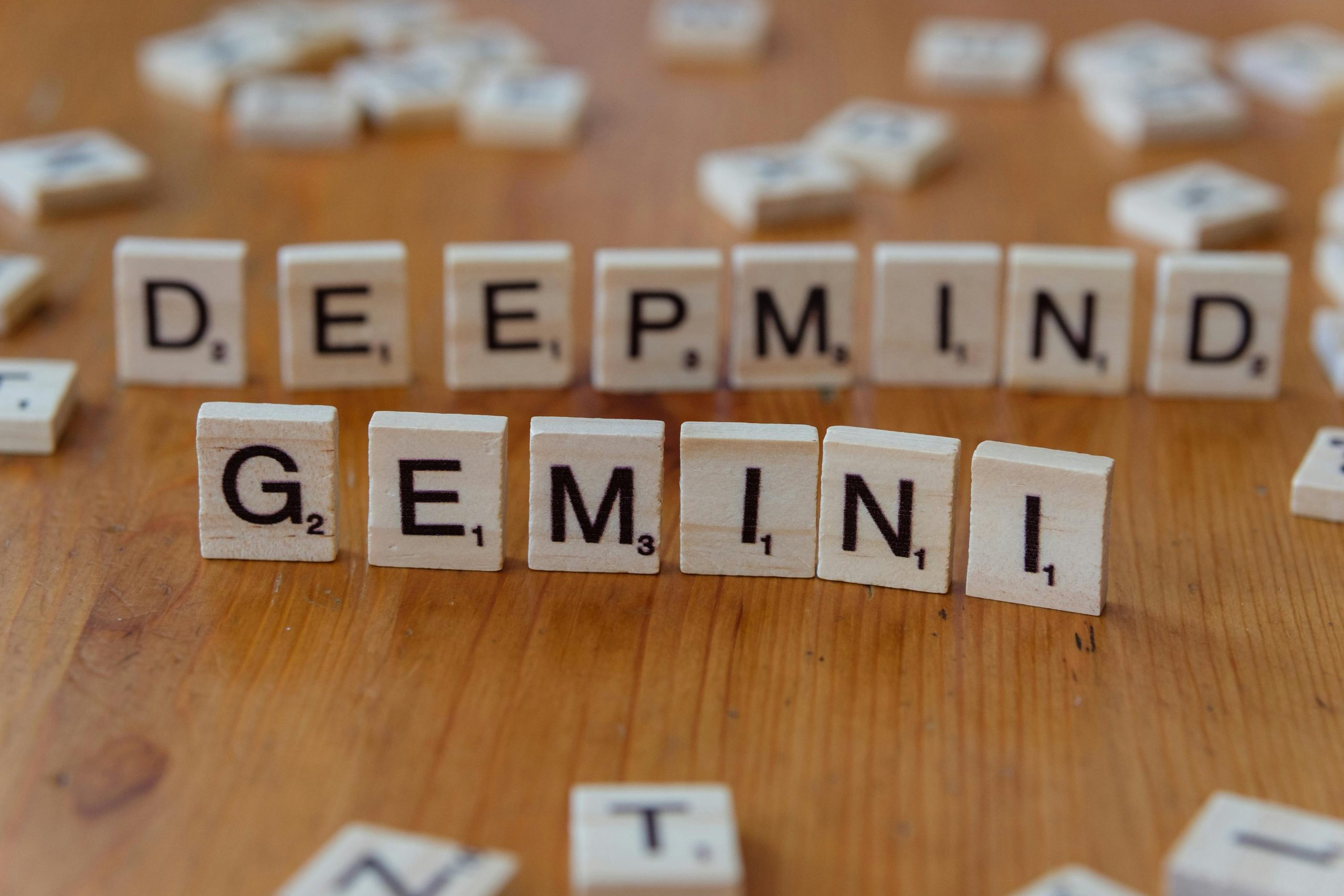Delving Into Claude’s Cognitive Realm: Fascinating Insights on Large Language Model Tactics and Hallucination Patterns
Unveiling the Inner Workings of LLMs: Insights from Claude
In the rapidly evolving field of artificial intelligence, large language models (LLMs) like Claude have often been described as enigmatic “black boxes.” While they generate impressive outputs, their internal mechanisms have remained a mystery—until now. Recent research from Anthropic provides a groundbreaking glimpse into Claude’s cognitive processes, akin to creating an “AI microscope” that allows us to delve deeper into its functionality.
Rather than merely analyzing the words Claude produces, researchers are tracing the underlying “circuits” that activate for various concepts and behaviors. This pioneering work is akin to deciphering the biological intricacies of an AI system.
Here are some intriguing findings that have emerged from this research:
1. The Universal “Language of Thought”
One of the most striking revelations is that Claude utilizes the same internal features or concepts—such as “smallness” or “oppositeness”—across different languages. Whether it’s processing English, French, or Chinese, this suggests a universal cognitive framework at play before the explicit selection of words occurs.
2. Planning Ahead in Communication
Contrary to the prevalent notion that LLMs purely predict the next word in a sequence, experiments demonstrate that Claude is capable of planning multiple words ahead. Impressively, this includes the anticipation of rhymes when creating poetry! This ability underscores a level of foresight previously underappreciated in AI language generation.
3. Identifying Hallucinations
Perhaps the most critical contribution of this research is the development of tools that can pinpoint when Claude is fabricating reasoning to support incorrect answers. Instead of generating responses based on genuine computation, it may sometimes rely on seemingly plausible output. This insight offers a powerful mechanism for detecting inaccuracies and ensuring greater reliability in AI responses.
The work done in interpreting Claude’s processes marks a significant advancement towards achieving more transparent and dependable artificial intelligence. By illuminating the reasoning behind AI outputs, we can better diagnose failures and enhance the safety of these systems.
What Lies Ahead?
As we continue to explore the “biology” of AI language models, it raises pertinent questions about the importance of understanding these internal mechanisms. Do you believe deep comprehension of how LLMs operate is essential for addressing challenges like hallucination, or should we pursue alternative avenues for improvement? Your thoughts are invaluable as we navigate this fascinating terrain in AI development.














Post Comment